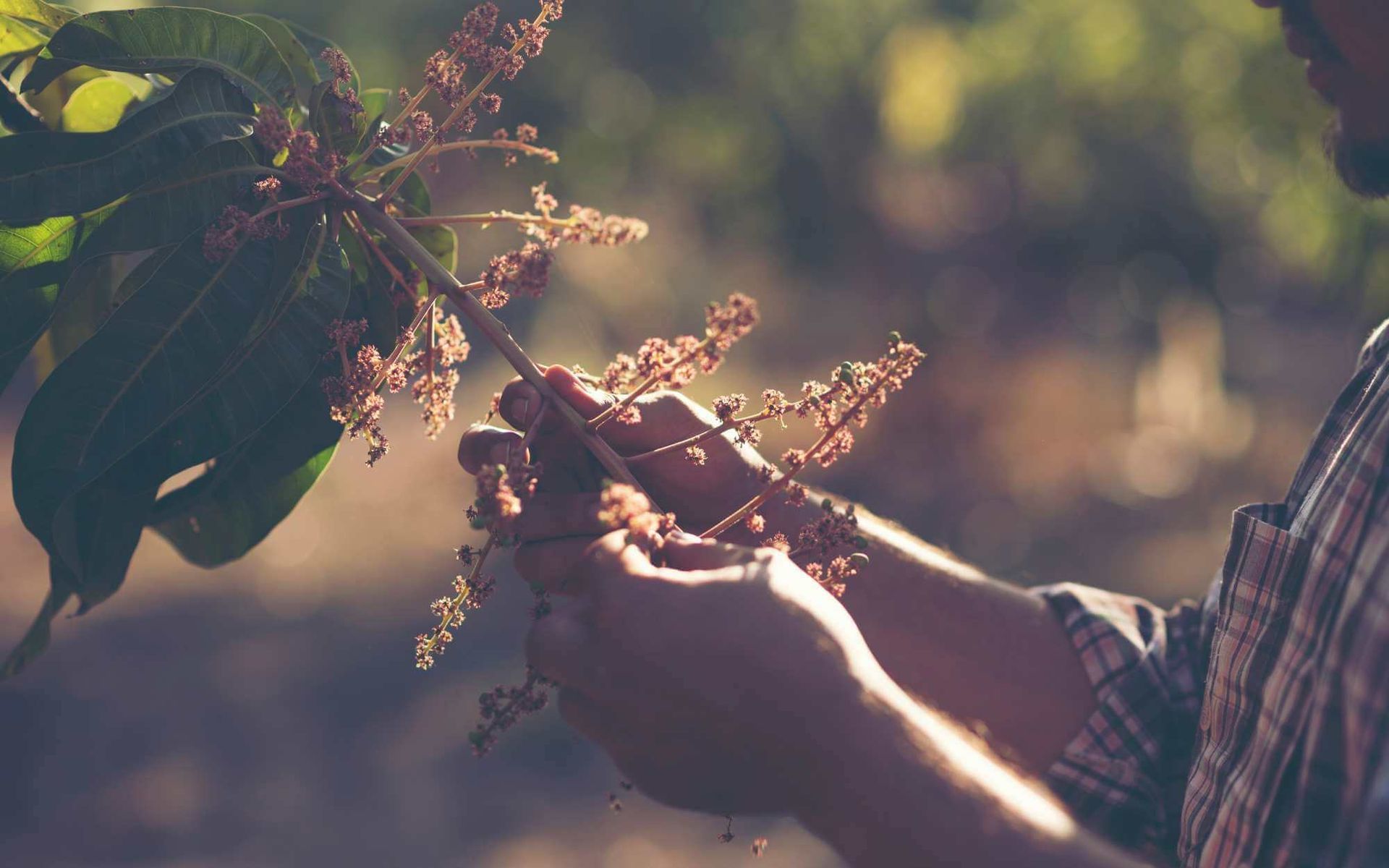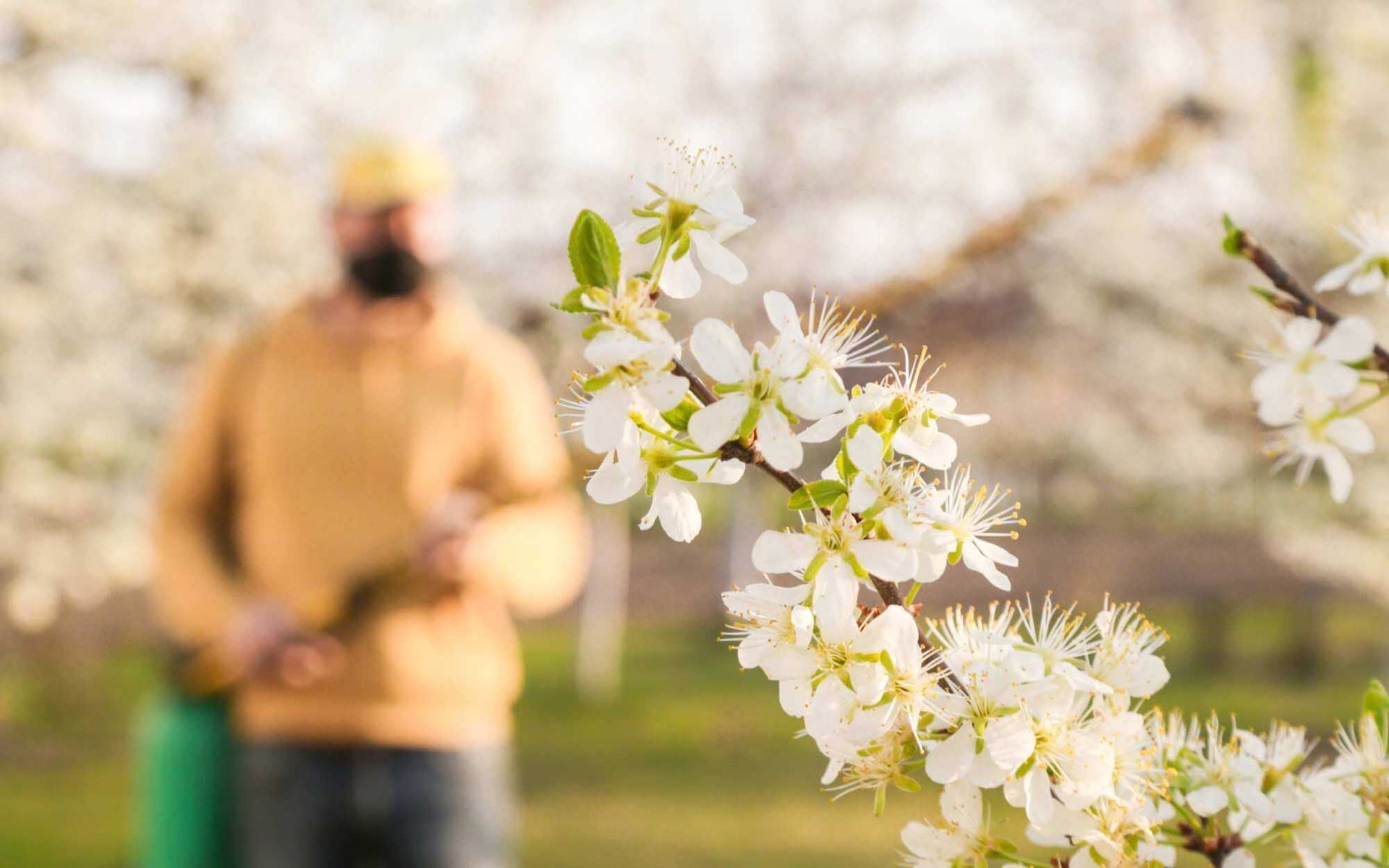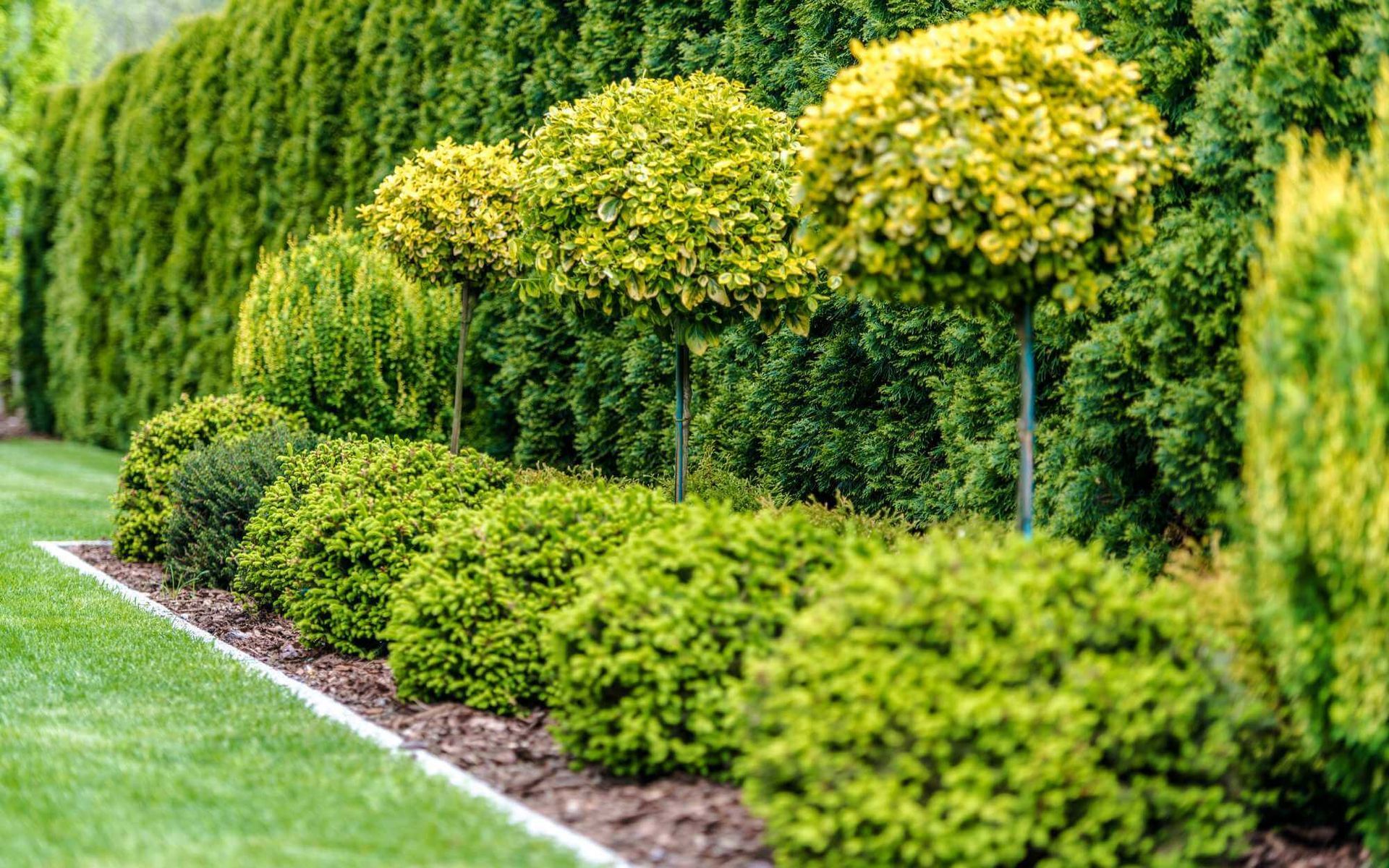Balancing Act: Integrated Pest Management for Trees
PUBLISHED ON
SHARE THIS ARTICLE

When it comes to maintaining the health and longevity of our trees, a proactive approach is key. This is where Integrated Pest Management (IPM) comes into play.
IPM, a more sustainable and effective strategy, focuses on the long-term prevention of pests or their damage through a combination of techniques such as biological control, habitat manipulation, modification of cultural practices, and use of resistant varieties.
The goal is not to completely eliminate all pests but to strengthen and stabilize the environment to promote the healthy growth of trees and shrubs.
In this blog, we delve into the importance of IPM for trees, and why it should be an essential part of your tree care strategy.
Understanding the Balancing Act
Trees and insect pests share a complex relationship, often seen as antagonistic, yet it's a key driver of biodiversity and tree health.
Pests, in moderation, can stimulate tree defenses, fostering resilience. However, excess pests can significantly harm trees, leading to infestations that debilitate their growth, cause disease outbreaks, and even tree death.
Maintaining tree health, therefore, is a delicate balancing act. It involves understanding the ecosystem, identifying beneficial and harmful pests, and implementing effective strategies like IPM, which discourages harmful pests while minimizing environmental disruption. This balance ensures sustainable tree health and contributes to the overall biodiversity.
Key Principles of Integrated Pest Management

The Integrated Pest Management (IPM) program is a sustainable approach that combines different strategies to prevent and control pest populations while promoting healthy tree growth.
Prevention: The First Line of Defense
Prevention is the first and most crucial step in IPM. By implementing cultural practices, such as proper pruning, fertilization, and irrigation, trees can develop strong defense mechanisms against pests. This reduces the need for chemical control methods that may harm beneficial insects and disrupt the ecosystem balance.
Monitoring: Keeping a Close Eye
Regular monitoring is essential to detect and assess the severity of pest infestations. This allows for early intervention, preventing pests from causing significant damage to trees. Monitoring also helps identify beneficial insects that can aid in natural pest control.
Intervention: Targeted Control Measures
If preventive measures are not sufficient, targeted interventions may be necessary. These include biological control methods, which use natural enemies of pests, and chemical control as a last resort. The aim is to minimize harm to beneficial insects and the environment while effectively managing pests.
Benefits of IPM for Trees

IPM offers numerous benefits for trees, including:
- Sustainable and cost-effective pest management that reduces the need for repeated chemical applications.
- Preservation of beneficial insects that contribute to natural pest control and promote a diverse ecosystem.
- Prevention of pesticide resistance, ensuring continued effectiveness of control methods.
- Improved tree health and resilience to withstand future pest threats.
Tips for Incorporating IPM into Your Tree Care
For homeowners and arborists, incorporating integrated pest control methods into tree care involves a systematic process.
Begin by accurately identifying both harmful and beneficial pests in your area. Gain a good understanding of their life cycles and how they interact with trees in your environment. Regularly inspect your trees for signs of pest damage, and make use of tools like sticky traps and pitfall traps for early detection of pests.
Implement cultural practices such as composting and mulching to strengthen your trees and make the environment less favorable for pests. If intervention becomes necessary, prioritize environmentally friendly control measures. Introduce beneficial insects or use biorational pesticides, which are less harmful to non-target species.
Remember, IPM is an ongoing process that requires consistent effort and vigilance.
Embracing IPM for Healthy and Resilient Trees
Integrated Pest Management (IPM) is a sustainable, environmentally friendly strategy that offers a balanced approach to tree care. It focuses on prevention, regular monitoring, and targeted intervention, promoting tree health and resilience while preserving beneficial insects and biodiversity.
Whether you're a homeowner or an arborist, embracing IPM is a proactive way to protect your trees from pest damage and ensure their long-term health.
Don't navigate this journey alone - call on our reliable
tree service pros for guidance in implementing successful IPM practices. Healthy, resilient trees are just a call away.
Want a free quote or some friendly advice? Call our team today:






